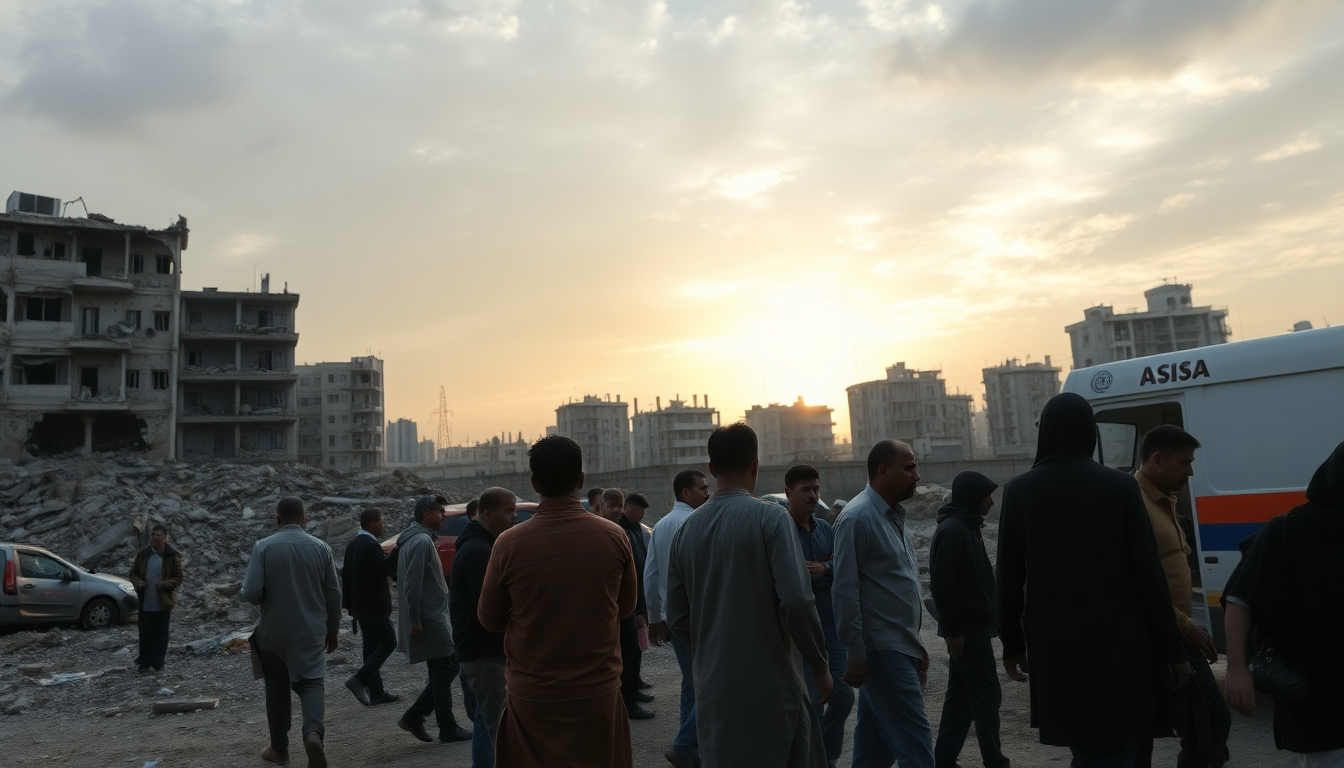Table of Contents
The situation in Gaza remains incredibly tense, as military strategies clash with urgent humanitarian needs amid ongoing conflict. Recent moves by Israel’s defense ministry have sparked serious concerns about the humanitarian fallout in the region. With a military plan approved to target Gaza City and a significant mobilization of reservists, the risk of further escalation feels very real. As mediators work hard to broker a ceasefire, the challenge of balancing military aims with humanitarian requirements is dominating the conversation.
Recent Military Developments
Just this Wednesday, Israel’s defense minister, Israel Katz, confirmed a comprehensive plan to take control of Gaza City. This announcement comes after nearly two years of conflict, where both sides have waded through intermittent negotiations. The recent call-up of around 60,000 reservists marks a clear pivot towards military action, ramping up tensions while the humanitarian situation continues to spiral downwards.
As mediators—especially those from Qatar—push for a ceasefire, their optimism clashes with Israel’s firm demand for the release of hostages as a condition for any agreement. Navigating these negotiations is no easy task, as they reflect the complicated relationship between military strategy and humanitarian needs, making it harder to find a path to peace.
Despite growing calls from the international community for restraint, the Israeli government’s commitment to its military objectives remains unshaken. The framework proposed by Hamas, which includes a 60-day truce along with a staggered release of hostages and some Palestinian prisoners, hasn’t quite met Israel’s core security concerns.
Humanitarian Crisis Deepens
The humanitarian crisis in Gaza has hit catastrophic levels, worsened by ongoing military actions and a relentless blockade. Reports show that vital services like healthcare, water, and sanitation are severely compromised, leaving civilians in desperate need of help. The anticipated military operation in Gaza City raises serious questions about the further impact on a population that is already suffering immensely.
Humanitarian organizations are sounding alarms over the potential consequences of military escalation, warning that any offensive could lead to even more civilian casualties and displacement. The delicate social fabric of Gaza, already frayed by years of conflict, risks suffering irreparable harm if military actions continue.
Moreover, while the proposed truce framework is a step towards reducing hostilities, it may fall short of addressing the immediate humanitarian crises on the ground. The real challenge is ensuring that any ceasefire isn’t just a temporary pause in fighting but a genuine opportunity for sustained peace and recovery for the people of Gaza.
Looking Ahead: Challenges and Opportunities
As the situation unfolds, the outlook for both military and humanitarian outcomes remains uncertain. The interplay between military strategies and humanitarian needs will likely shape the future of Gaza in the coming months. Even as military goals take center stage, we can’t ignore the urgent need for humanitarian assistance.
Amid these challenges, there’s a chance for renewed dialogue and engagement among all parties involved. It’s crucial that stakeholders prioritize civilian welfare and work towards a sustainable resolution that addresses both security and humanitarian concerns.
In conclusion, the developments in Gaza create a complex landscape where military strategies and humanitarian needs intersect. The upcoming weeks will be critical in determining the future trajectory of the conflict and the prospects for peace and recovery in the region.


